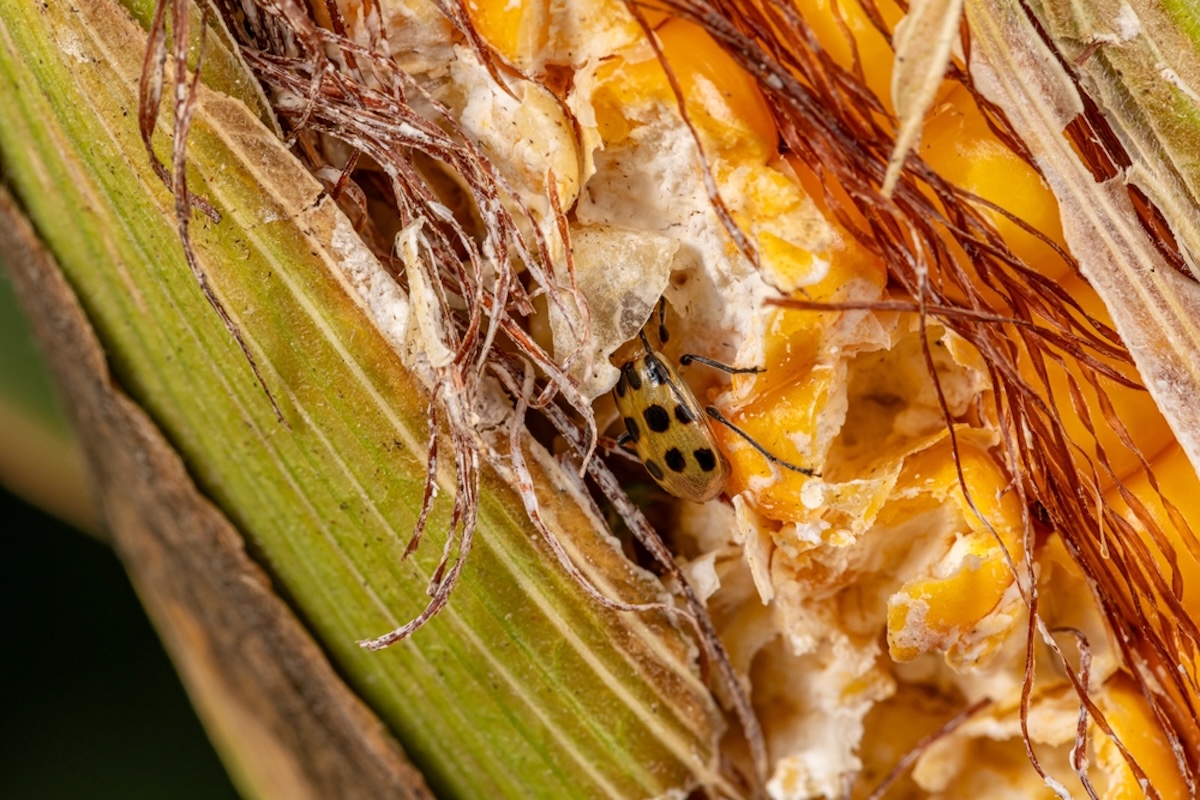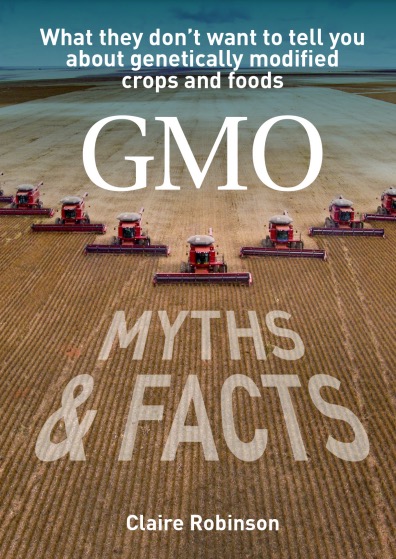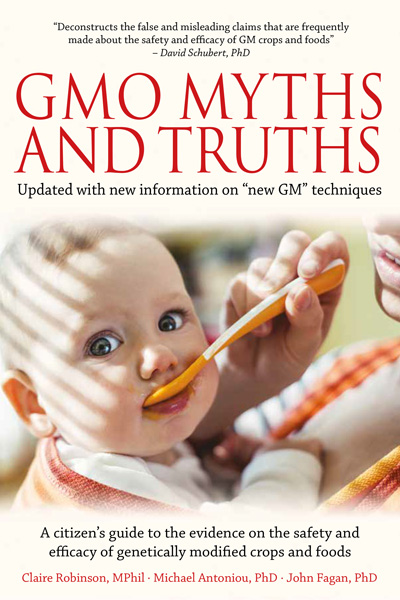 A recent study reaches damning conclusions about the failure of the technology – but an agricultural expert says the reality is far worse. Report: Claire Robinson
A recent study reaches damning conclusions about the failure of the technology – but an agricultural expert says the reality is far worse. Report: Claire Robinson
A study recently published in the journal Science concluded that US farmers are planting too much GM Bt maize, leading to increased resistance in corn rootworm, the pest that the maize was engineered to kill.
The authors, based in the US and China, write, "Twelve years of university field trial and farm survey data from 10 US Corn Belt states indicate that maize hybrids expressing toxins derived from the bacterium Bacillus thuringiensis (Bt maize) exhibited declining protection from rootworm feeding with increased planting while pest pressures simultaneously decreased. The analysis revealed a tendency to overplant Bt maize, leading to substantial economic losses; this was particularly striking in eastern Corn Belt states."
The study is titled, "Too much of a good thing: Lessons from compromised rootworm Bt maize in the US Corn Belt". The authors say they are attempting "to protect sustainable use of Bt and other crop biotechnology resources" and to this end they propose "moving toward a more diversified and transparent seed supply".
These are damning conclusions about the failure of this key GM technology and are enough to support the verdict that, contrary to the study's title, Bt maize was never a "good thing".
But US agricultural consultant Dr Chuck Benbrook says the real picture is even worse than that portrayed in the study. He said the study "completely misses three huge pieces of the puzzle":
"First, the steady and substantial increase in the Bt and Cry endotoxin expression levels since 1996. The first Bt corns expressed 2 to 6 ppm in kernels, today's express 20 to 100 ppm or more. The authors are silent on this huge change, which makes the 'story' even more negative for those determined to see Bt-transgenic crops as a real 'solution'. Corn insects have not just developed resistance, they have done so to 20-50 fold higher doses of ever-more active endotoxins.
"Second, the early Bt gene resistance management interventions were, for the most part, shaped and sustained by respected academic entomologists. This worked pretty well for about a decade, but incessant pressure from the companies who wanted to sell more, make more profits, eroded their efficacy and ultimately rendered them ineffective. Company pressure turned one of the few bright spots in the regulation and stewardship of ag biotech into a slow-walk toward obsolescence, with consequences as yet unknown. But the key point is that resistance genes in many insects know no crop nor regional boundaries, and once created, it is very difficult, if not impossible, to get rid of them.
"Third, since 1996, corn seeding rates/acre have almost doubled from ~20,000 seed/acre to ~40,000. Why? The companies convinced farmers this is the way to increase yields, and of course, then the companies get to sell more seed, make more profits. But the resulting collapse of corn crop health has been dramatic and consequential. It is why ~30% of the corn crop in the US now is sprayed with a fungicide, when pre-GMO corn, less than 1% was. It is why corn farmers have to sustain such very high levels of N [nitrogen] in the soil for the ~12 weeks that corn plants are rapidly growing; it is why the crop needs twice the N/acre to reach each plant's yield potential; but sustaining twice the N level in the soil profile in 2025 requires about three times the pounds of N per acre compared to when ~20,000 plants were competing for soil N (the more N farmers ask their soil to hold, the more will be lost to water or the atmosphere). This extra soil N, essential in growing 36,000+ corn plants on an acre, is degrading surface waters worldwide [where it can lead not just to reduced water quality but eutrophication, toxic algal blooms and even dead zones]. It is contributing to decline in coastal waters, eroding soil health, and driving up cash costs per bushel harvested."
Dr Benbrook concludes, "I wonder whether the real and true history of corn production tech in the US from the 1990s to the 2030 will ever be told. Or will the consequential mistakes simply be ignored – as these authors have ignored them?"
The study: Ye Z et al (2025). Too much of a good thing: Lessons from compromised rootworm Bt maize in the US Corn Belt. Science 387, no 6737: 984-989
DOI: 10.1126/science.adm7634. https://www.science.org/doi/10.1126/science.adm7634
Image: Shutterstock (licenced purchase)










